Suk | Four Pieces, Op. 17 | Volume 1 (Violin & Piano)
€16.80
Suk | Four Pieces, Op. 17 | Volume 1 (Violin & Piano)
4 in stock
Josef Suk's affinity for chamber music was matched by few of his Czech contemporaries. His first chamber compositions were written in his late teens at the Prague Conservatory, where he was a student in Antonin Dvorak's compositional class. With fellow students Karel Hoffmann, Otto Berger and Oskar Nedbal, Suk founded the Czech Quartet, an ensemble which was to gain considerable fame throughout Europe. Though the group's membership went through numerous changes, Suk maintained his post as second violinist in the quartet for forty years. His performing career was directly instrumental in the formulation of his many important chamber works.
In the spring of 1900, the Czech Quartet embarked on a concert tour to Russia and Western Europe. It was during this time that the four pieces for violin and piano, Op. 17, were written. The work is considered to be a major turning point in the development of the young composer. Inaugurating what would eventually become characteristic of Suk's style as a whole, the work incorporates rapid mood shifts within each of the four pieces as well as from piece to piece. A wide spectrum of moods and shades is encompassed here, moving by turns from agitation to cheerfulness, from restlessness to contemplation. The work is considered by many to be Suk's first truly mature chamber composition.
You may also like…

Need Help Choosing?
Get in touch with a member of our team
Contact a member of our dedicated customer service team, and we will be happy to help you choose the right instrument for your needs.
Or text “Waltons Callback” with a short description of your query and a member of staff will call you as soon as possible to assist.
Can’t Get Through? Please see our list of contact numbers below
Head Office: 01 8207425
Blanchardstown Store: 01 9603232
Online Sales, Customer Service & Product Queries:
Niall: 087 2267740
Fiona: 086 0284929


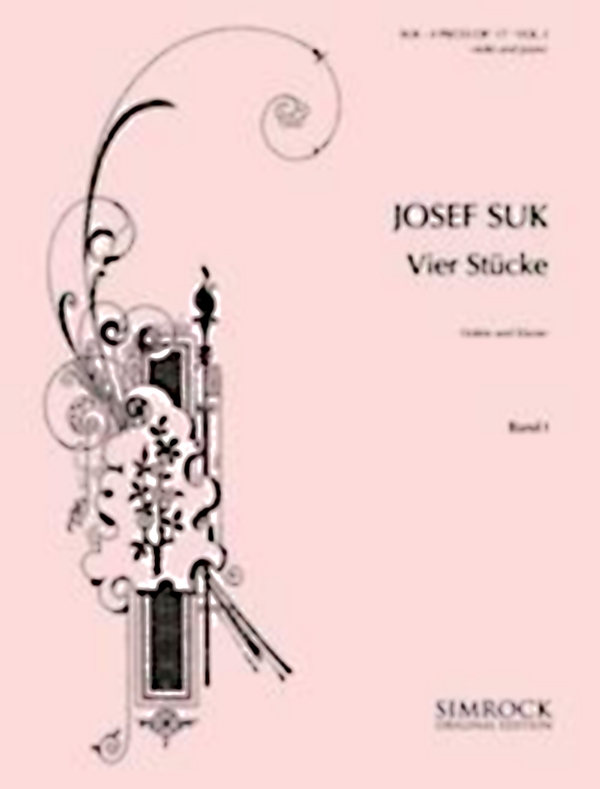
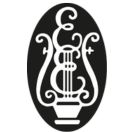
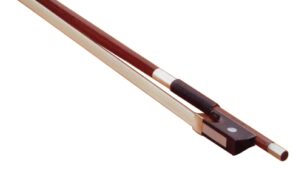
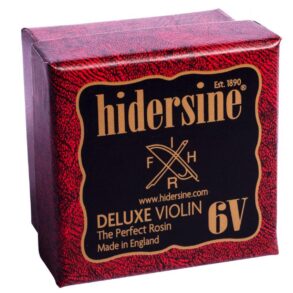
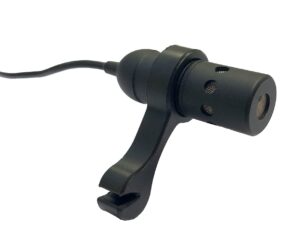
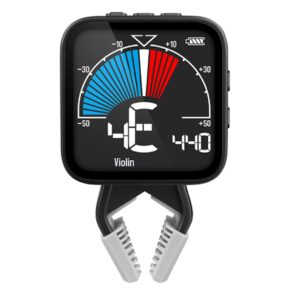
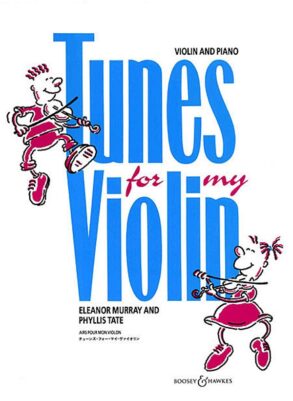
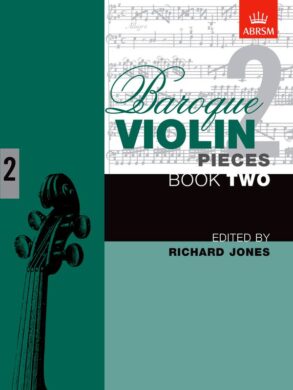
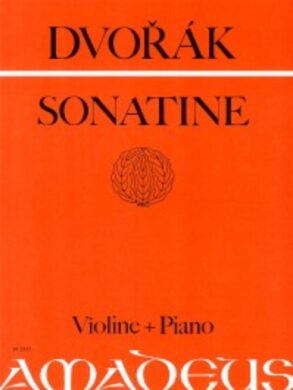

You must be logged in to post a review.